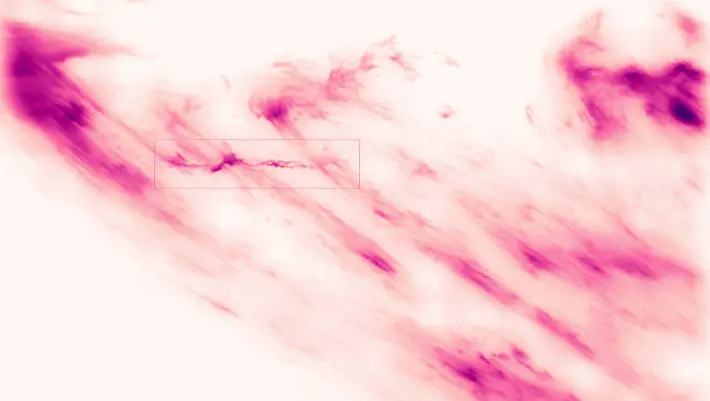To make these high-resolution images and movies, astronomers from NSF’s National Solar Observatory and New Jersey Institute of Technology developed a new ‘coronal adaptive optics’ system that removes blur from images caused by the Earth’s atmosphere.

Support authors and subscribe to content
This is premium stuff. Subscribe to read the entire article.
Login if you have purchased
